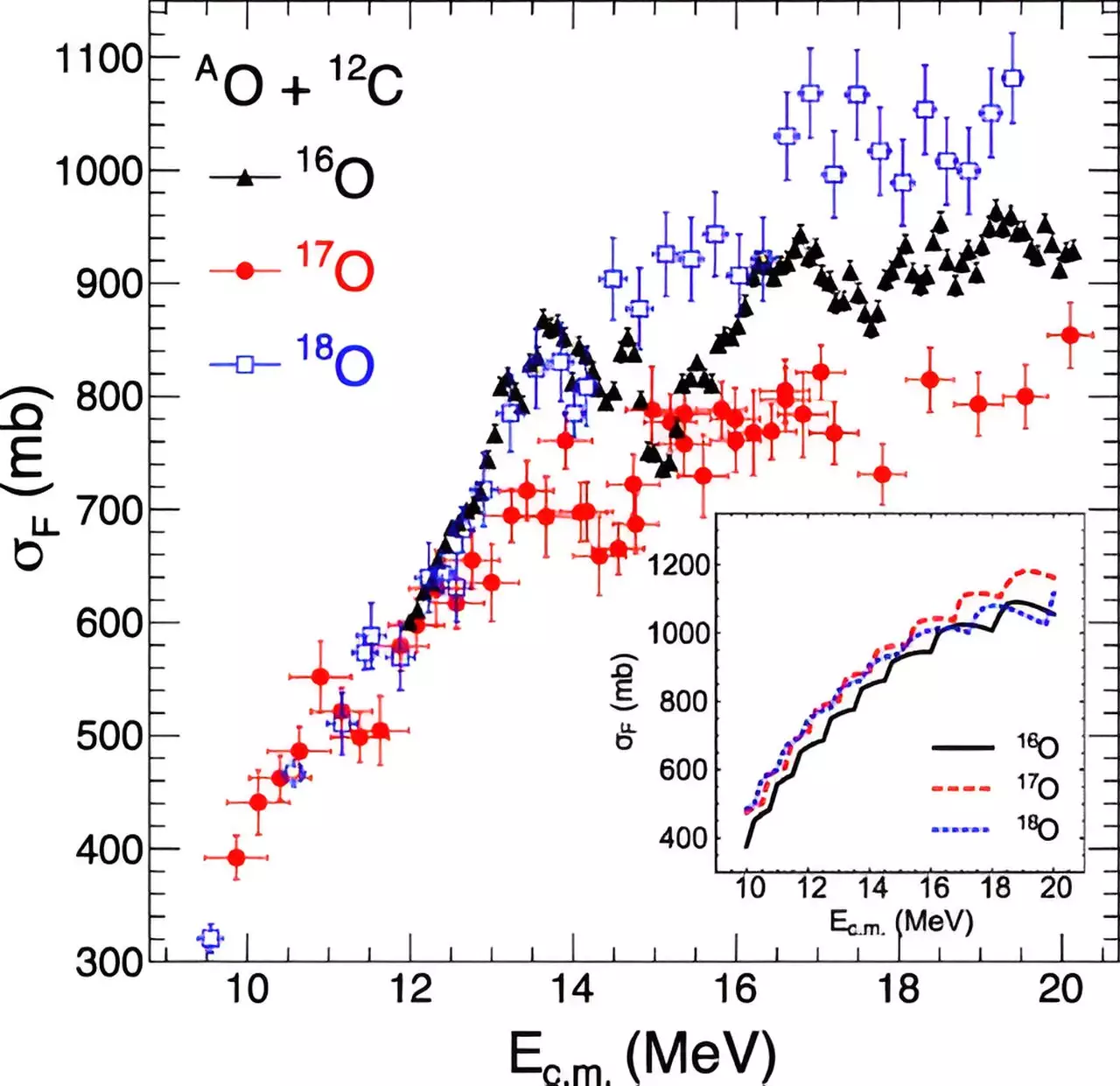The fusion of two nuclei is a highly intricate process that is influenced by a multitude of factors. These factors go beyond just the relative energy and angular momentum of the nuclei involved; they also encompass how the structures of the nuclei evolve as they collide. The quantum nature of the nuclei plays a significant role in determining the outcome of these collisions, adding a layer of complexity to the process.
To address the complexities inherent in nuclear fusion, researchers have turned to direct simulation of the collision process. This approach involves a massive computational effort but provides a comprehensive understanding of how nuclei evolve during collisions. In a recent study published in Physical Review C, scientists conducted the most detailed computation to date of fusion reaction processes using supercomputing facilities. By performing thousands of time-dependent simulations, the researchers were able to gain valuable insights into the fusion process.
While the simulation results offered a vast improvement in the description of fusion reactions, there were still discrepancies between the results and fusion probabilities measured in experiments. These disparities point to phenomena that are not currently explained by existing theories. Scientists anticipate that these unexplained factors will become more prominent in reactions involving short-lived rare isotopes at next-generation radioactive beam facilities.
Key Findings of the Study
One of the key findings of the study was the observation of non-smooth, oscillatory behavior in the high-resolution experimental data on the fusion probability of oxygen isotopes with carbon nuclei as a function of energy. By combining advanced theoretical methods, high-performance computing, and precise experimental measurements, the study offered a clearer understanding of the complexities involved in the collision of complex nuclei.
Implications for the Future of Nuclear Fusion Research
The improved model of nuclear collisions developed in this study holds significant promise for advancing our understanding of nuclear fusion. By examining the differences between experimental results and theoretical predictions, researchers can uncover new factors that influence the fusion process. As research into reactions involving short-lived rare isotopes becomes more prevalent, facilities like the Facility for Rare Isotope Beams at Michigan State University will play a crucial role in exploring these uncharted territories.


Leave a Reply